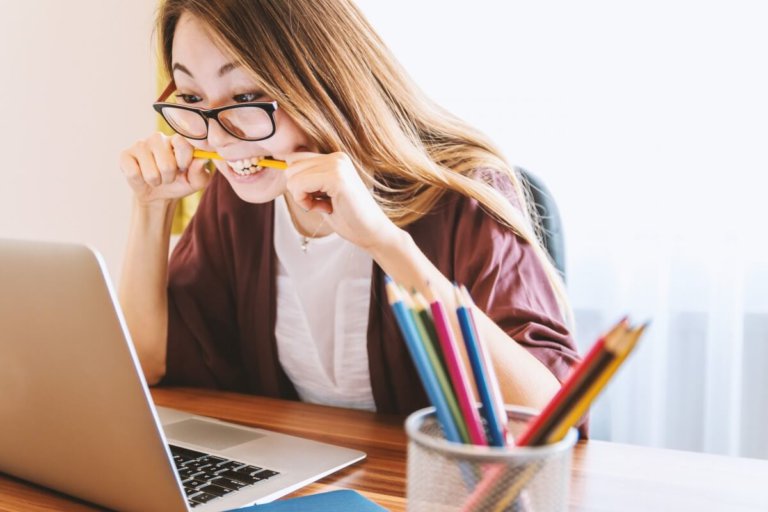
According to the forgetting curve theory, the process of forgetting starts as soon as learning ends.
This theory was established by German psychologist Hermann Ebbinghaus over 100 years ago; he was among the first scientists to conduct experiments to understand how memory works.
While science says our brains are wired to forget, this adds to the challenge of learning – which isn’t great for students. But this is by no means any reason not to amp up your efforts to make learning stick.
So, how do you overcome the forgetting curve when it comes to important things such as studying for exams? Here are some scientific ways to do so:
Try teaching others
According to science, one of the best ways to retain knowledge is by teaching it to others.
The British Psychological Society notes: “students who spend time teaching what they’ve learned go on to show better understanding and knowledge retention than students who simply spend the same time re-studying.”
According to research, “the benefits of the learning-by-teaching strategy are attributable to retrieval practice; that is, the robust learning-by-teaching strategy works but only when the teaching involves retrieving the taught materials.”
So consider teaching a peer to further strengthen your knowledge and understanding of the material.
Frequently review your study materials

Practice makes perfect. Source: Shutterstock
We start forgetting what we’ve learned as quickly as an hour after our last lesson, and this continues as the hours and days go by.
While that’s not what students will want to hear, one way to combat this problem is to consistently study your materials throughout the year. Revise what you’ve learned in class after school, the following day, the following week, and so on, and engage in practise questions to further solidify what you’ve learned.
This way, come exam season, you’ll be less nervous and anxious about cramming before a major exam, as you’ll likely know your stuff pretty well by then.
Pair text with images
Reading long passages of text is boring. But according to science, pairing text with images can help support students’ understanding of the text as it’s easier for students to remember something they’ve both read and seen.
This makes perfect sense – on Psychology Today, Haig Kouyoumdjian notes that “the part of the brain used to process words is quite small in comparison to the part that processes visual images”.
This makes studying easier, as we live in an age where online and visual learning is growing in popularity, making it increasingly convenient and accessible for students to find images to support their learning.
Liked this? Then you’ll love…
For better grades, sleep at same time every day – study
Why is the forgetting curve crucial when it comes to your studies?







